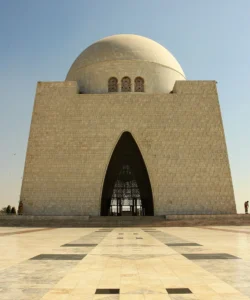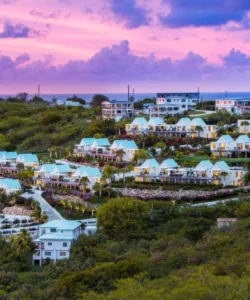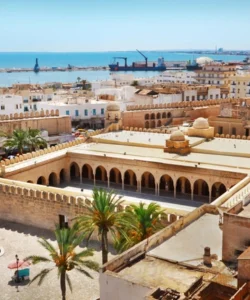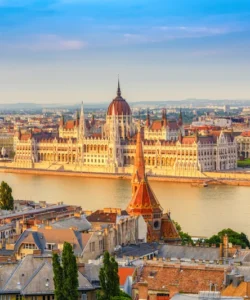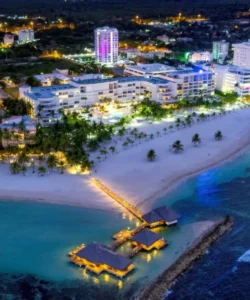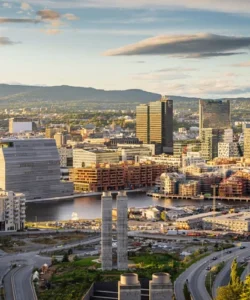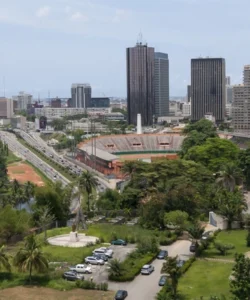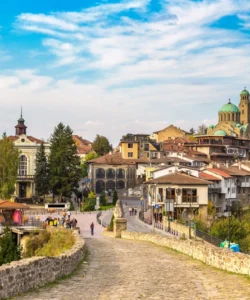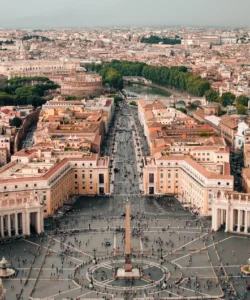Hong Kong, a vibrant Special Administrative Region (SAR) of China, is a major global hub known for its stunning skyline, diverse culture, and bustling energy.
Area and Geography:
Hong Kong has a total area of 1,106 square kilometers. It comprises Hong Kong Island, Lantau Island, the Kowloon Peninsula, and the New Territories, including 262 outlying islands. Victoria Harbour, a renowned deep-water harbor, separates Hong Kong Island and the Kowloon Peninsula.
Population:
In 2023, the population of Hong Kong was approximately 7,536,100.
Language:
The official languages of Hong Kong are Chinese (primarily Cantonese) and English. English is widely used in business and government, while Cantonese is the most commonly spoken dialect in daily life. Mandarin is also increasingly spoken.
Currency:
The currency used in Hong Kong is the Hong Kong Dollar (HKD), symbolized as HK$. Each dollar is divided into 100 cents.
Religion:
Hong Kong residents enjoy religious freedom. Major religions include Buddhism, Taoism, Confucianism, and Christianity. There are also smaller communities practicing Sikhism, Islam, Hinduism, and other faiths.
Capital:
As a Special Administrative Region of China, Hong Kong does not have a separate capital city in the traditional sense. However, Victoria City on Hong Kong Island is often considered its administrative and financial center, historically serving as the capital during British rule.
Major Cities/Areas:
While Hong Kong is often referred to as a single city, it’s divided into several key areas and urban centers:
- Hong Kong Island: Home to the financial district, iconic skyline, and areas like Central, Causeway Bay, and Victoria Peak.
- Kowloon: A densely populated peninsula known for its vibrant markets, shopping, and diverse neighborhoods like Mong Kok and Tsim Sha Tsui.
- New Territories: The more rural northern part, offering scenic landscapes, traditional villages, and regional towns like Sha Tin and Tuen Mun.
- Outlying Islands (e.g., Lantau Island, Cheung Chau, Lamma Island): Offer a slower pace of life, beaches, hiking trails, and a break from the urban hustle.
Attractions:
Hong Kong boasts a wide array of attractions catering to diverse interests:
- Victoria Peak: Offers panoramic views of the city skyline and Victoria Harbour.
- Hong Kong Disneyland: A popular theme park for families.
- Ocean Park: Another major theme park with marine animals and thrill rides.
- Tian Tan Buddha (Big Buddha) and Po Lin Monastery (Lantau Island): A majestic bronze Buddha statue and a peaceful monastery.
- Tsim Sha Tsui Promenade: Offers stunning views of the Hong Kong Island skyline, especially during the Symphony of Lights show.
- Temple Street Night Market: A lively market offering everything from street food to souvenirs.
- Causeway Bay: A major shopping district.
- Lamma Island: Known for its relaxed atmosphere, seafood restaurants, and hiking trails.
- Man Mo Temple: A historic temple dedicated to the God of Literature and the God of War.
- Hong Kong Wetland Park: A world-class eco-tourism park showcasing local flora and fauna.
Architecture:
Hong Kong’s architecture is predominantly contemporary, with a strong emphasis on Modernism, Postmodernism, and Functionalism. Due to limited land, historical buildings are scarce in urban areas. The skyline is dominated by impressive skyscrapers, a testament to its modern development.
Roads:
Hong Kong has a well-developed and efficient road network. Expressways and trunk roads are high-standard multi-lane dual carriageways designed for high-volume, faster traffic. The road network is among the most heavily used in the world.
Hotels:
Hong Kong offers a vast range of accommodation options, from luxurious palatial hotels and chic boutiques to mid-range comfort, guesthouses, and youth hostels. You can find hotels in the heart of the city or in quieter, more secluded locations.
Restaurants and Cuisine:
Hong Kong is a culinary paradise, with Cantonese cuisine being the dominant form. Popular dining experiences include:
- Dim Sum: A must-try, with famous establishments like Tim Ho Wan.
- Cha Chaan Tang: Local teahouses offering comfort foods.
- Dai Pai Dong: Open-air food stalls.
- Street Food: An integral part of the culinary scene, offering a variety of skewers, noodles, and other delights.
- Char Siu (Barbecued Pork): A beloved Cantonese dish.
- Egg Tarts: A popular sweet pastry.
- Rooftop Dining: Many restaurants offer breathtaking views of the city.
- Michelin-starred restaurants: Hong Kong boasts a significant number of Michelin-recognized eateries, catering to various budgets.
Annual Travel:
Hong Kong’s tourism industry has been recovering steadily. In 2024, Hong Kong welcomed 44.5 million international visitors. The trend in early 2025 suggests that the total visitation for the year could surpass 2024’s figures, continuing the city’s tourism rebound. August and December are often peak months for tourism.





































